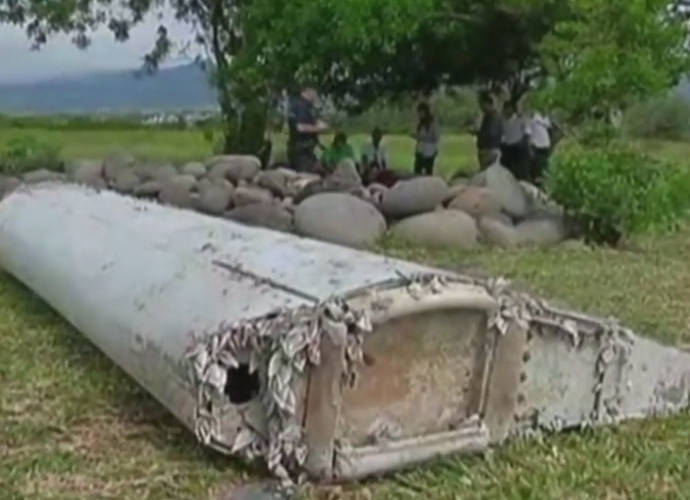Malaysia Airlines Flight 370 Disappearance Could Be Solved With The Help Of Barnacles
The great mystery of Malaysia Airlines Flight 370 may be one step closer to being solved as scientists have found a new way to study the disappearance of MH370: barnacles.
Barnacles are crustaceans that are usually found attached to the underside of marine vessels, other sea creatures like whales and seaside rocks, among other objects that have found themselves in the water.
“The chemistry of barnacle shell layers is like a forensic recorder for drifting debris,” Gregory Herbert, a marine biologist at the University of South Florida, told National Graphic.
Herbert started his barnacle investigation in 2015 when he noticed barnacles on the flaperons of the missing plane that washed up on a beach on France’s Réunion island.
It’s been eight years, and Herbert and his research team have established a tracking system that uses ocean temperatures the barnacles have gone through.
Barnacles grow their shells with the help of minerals in the waters they pass through, shedding and making a new layer each time they grow. Studying barnacle layers is much like studying tree rings, in which one can decipher how old the barnacles are and where they’ve been, just by closely examining their layers.
The tracking method made by Herbert’s team was made in hopes of leading to the location of the MH370 crash.
MH370 went missing in March 2014 on its way to Beijing Capital International Airport in China. It had 239 people onboard, with 227 passengers and 12 crew members. Search efforts since its disappearance have had no positive results thus far, and in March this year, families of the missing victims pleaded for a new search.
David Griffin, an Australian senior government oceanographer who is not part of Herbert’s team, said that “there were clues encrypted in the shells of the barnacles” but that “no one knew how to decode them.”
“That’s what this group has done,” Griffin said. “They’ve given us the methods to decode the data that’s there —stored in barnacle shells.”
RELATED ARTICLES
Get the most-revealing celebrity conversations with the uInterview podcast!








Leave a comment